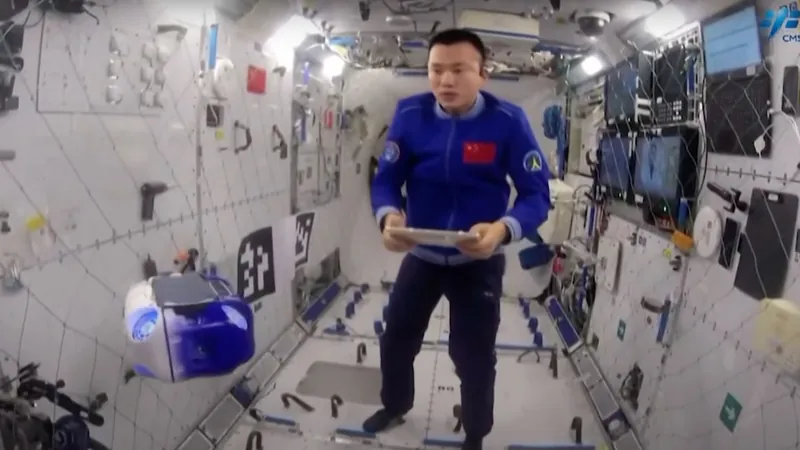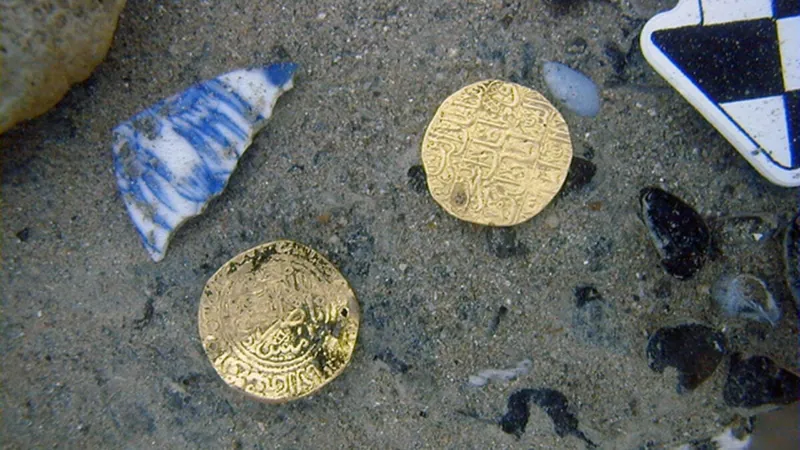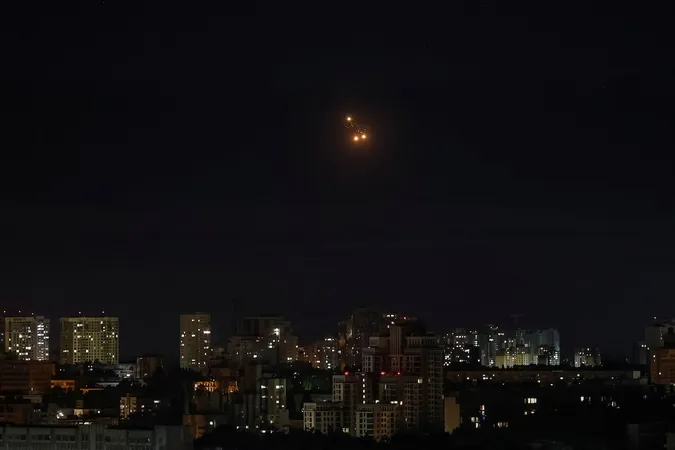
Revolutionary Robot Assists Astronauts on China’s Tiangong Space Station – What’s Next? (Video)
2025-01-12
Author: Jacques
Introduction
Astronauts aboard China's groundbreaking Tiangong space station are receiving invaluable assistance from an advanced robot named Xiao Hang, or "Little Space." This cutting-edge technology is a part of the ongoing Shenzhou 19 mission, where astronauts Cai Xuzhe, Song Lingdong, and Wang Haoze are utilizing human-robot collaborative interaction software to enhance their scientific endeavors.
Integration of Human-Robot Interaction Software
The integration of this software allows for a myriad of experiments focusing on human-robot spatial relationships, robot behavior characterization, and multimodal interaction technologies. This initiative is designed to improve mission efficiency by creating a seamless interaction between astronauts and their robotic counterpart, as reported by China Central Television (CCTV).
Capabilities of Xiao Hang
Xiao Hang's capabilities are impressive; it can navigate and orient itself in the challenging microgravity environment of space, executing tasks such as aligning itself to take photos on command. However, its potential doesn't stop there. As Wang Haoze, China's first female spaceflight engineer, noted in a New Year's message, future upgrades may equip Xiao Hang with advanced functions, including in-cabin inspections and resource management, marking a significant leap forward in robotic assistance in space exploration.
Astronauts' Research Efforts
The Shenzhou 19 crew is not just sitting idle; they have been busy conducting a variety of experiments. Recently, they tackled tasks involving the collection of fruit flies, emptying culture containers, and organizing biological samples for research purposes. These experiments are designed to study the effects of sub-magnetic fields and microgravity on the fruit flies—could this research unveil deeper insights into how life adapts to space?
Precision Measurement Studies
In addition, the astronauts have been performing intricate movement measurements using precision motion devices and experimental software. These studies aim to deepen our understanding of fine motor control changes and the adaptive learning mechanisms essential for astronauts during protracted space missions.
Mission Duration and Milestones
Launched on October 29, the Shenzhou 19 mission is set to last for six months. The astronauts proudly accomplished their first extravehicular activity, or spacewalk, on December 18, marking a significant milestone in their mission. As China continues to push the boundaries of space exploration, the collaboration between humans and robots will be a crucial element in overcoming future challenges—what groundbreaking discoveries lie ahead?









 Brasil (PT)
Brasil (PT)
 Canada (EN)
Canada (EN)
 Chile (ES)
Chile (ES)
 Česko (CS)
Česko (CS)
 대한민국 (KO)
대한민국 (KO)
 España (ES)
España (ES)
 France (FR)
France (FR)
 Hong Kong (EN)
Hong Kong (EN)
 Italia (IT)
Italia (IT)
 日本 (JA)
日本 (JA)
 Magyarország (HU)
Magyarország (HU)
 Norge (NO)
Norge (NO)
 Polska (PL)
Polska (PL)
 Schweiz (DE)
Schweiz (DE)
 Singapore (EN)
Singapore (EN)
 Sverige (SV)
Sverige (SV)
 Suomi (FI)
Suomi (FI)
 Türkiye (TR)
Türkiye (TR)
 الإمارات العربية المتحدة (AR)
الإمارات العربية المتحدة (AR)